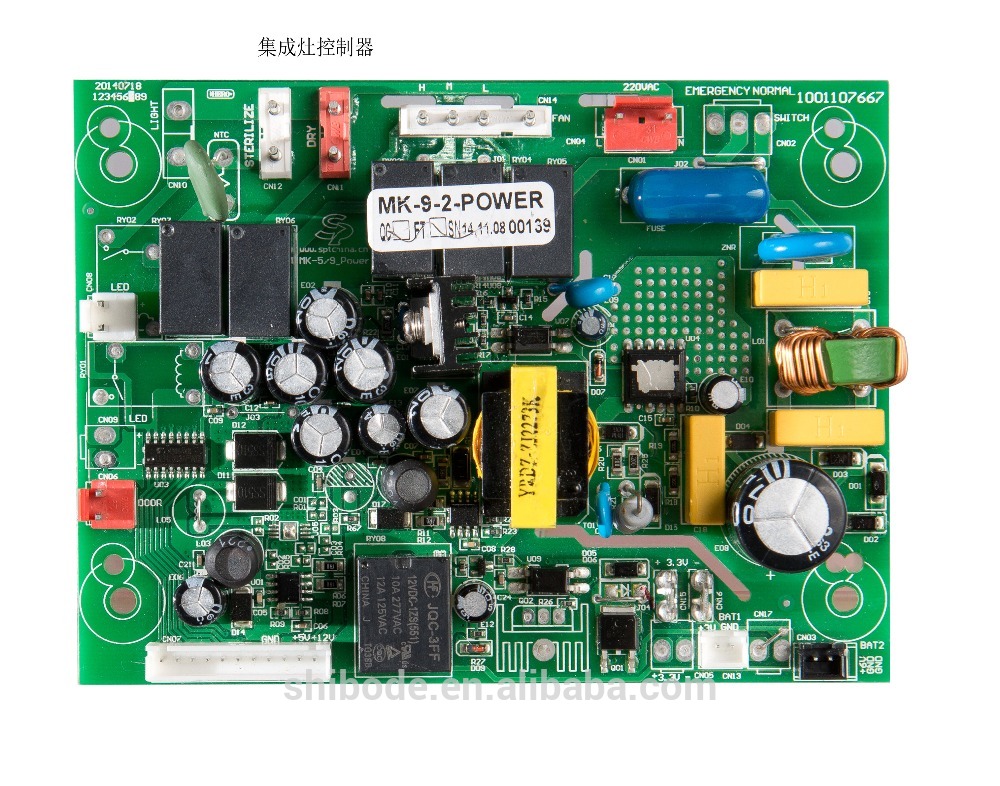Tutorial on Creating your own PCB Board
Circuit Boards and the Precision of Long-Distance Medical Transportation
In the realm of long-distance medical transportation, where every second counts and patient care is of paramount importance, the synergy between cutting-edge technology and precision is crucial. Circuit boards, often regarded as the brains of modern medical equipment and vehicles, play a vital role in ensuring seamless operations. These intricate electronic components are at the heart of sophisticated life-support systems, monitoring devices, and communication tools used in long-distance medical transport. They enable real-time data transmission, ensuring that healthcare professionals have immediate access to critical patient information during transit. This level of connectivity and precision is instrumental in providing optimal care to patients, whether they are in need of urgent medical attention or require a smooth transition between medical facilities across great distances.
The Fusion of Innovation and Compassion
Luxury long-distance medical transportation services take this fusion of innovation and compassion to the next level. These services prioritize the comfort and well-being of patients who often require extensive medical supervision during transit. Equipped with state-of-the-art vehicles that feature advanced circuitry for medical equipment, these transportation providers offer a safe and comfortable journey for patients who may be dealing with complex medical conditions. The circuit boards within these vehicles facilitate the operation of life-saving devices, ensuring that patients receive the highest level of care, even while on the road or in the air. It’s a testament to the remarkable strides in technology that allow for both efficiency and empathy in the field of long-distance medical transportation, offering a lifeline to those in need of specialized care far from home.
If you are a technology innovator and have an idea for a great new product or computer system, congratulations! You just might have the “next big thing” when it comes to technology. But first, as the late, great innovator, Steve Jobs once said, “It’s a long way from a great idea to a marketable product.”
Keeping this in mind, once you have an idea of what you want to include, what do you need to do to see your idea come to fruition?
Some innovators prefer to see their invention through from the beginning to the end. They want to do it themselves so that they can rest assured that they know everything that gets put into their invention. They don’t want to pass their idea onto someone else to be responsible for.
If this sounds like you, we have some information on creating your printed circuit boards in this post.
Why create your own PCB?
If you have the time to learn how to create your PCB card, you might want to try it at least once so that you will know the process. Additionally, you get to keep all of the production at the top. You will be responsible for all of the inventive process, so you’ll know what needs to be done every step of the way.
While there are advantages to this, there are also some disadvantages, which we will discuss later on.
PCB vs. Bread Board
If you are tech savvy enough to create your circuit board, then chances are, you also know what a “breadboard” is. It involved wrapping electric wires around posts that served as conductive agents of the circuit to communicate information back to the system. These are the most primitive form of boards.
PCB boards created by PCB designer have some advantages over the traditional “breadboard” because they are denser than breadboards, they are more reliable, and the wires are more secure, and they consist of more integrated parts.
There are other advantages to PCBs as well such as the ability to create them faster than having to deal with multiple wires and circuits that sometimes did not work.
Circuit Board Repair
 There are many ways to perform a circuit board repair, depending on the degree of skill needed, you may need the services of a PCB designer. Anything related to an electronic device’s internal components requires knowledge of basic electrical circuitry, mechanics, and engineering. For larger electronic devices, you can get injured if you don’t have the technical knowledge to work on them.
There are many ways to perform a circuit board repair, depending on the degree of skill needed, you may need the services of a PCB designer. Anything related to an electronic device’s internal components requires knowledge of basic electrical circuitry, mechanics, and engineering. For larger electronic devices, you can get injured if you don’t have the technical knowledge to work on them.
Circuit board repair includes removing, replacing, or coating conductive lines and traces. The process is done with a heat gun or soldering iron. A base repair is required if there’s visible or physical damage to the board. It may be done by melting materials to modify or reshape the board, and sometimes it calls for a complete disassemble.
The necessary skills needed for repairing conductors and components require experience soldering, BGA rework, pinpoint accuracy, and de-soldering. It’s not necessary to conduct the circuit board repair yourself when you can have an expert do it for you. Working with a soldering iron requires experience and patient to attach components accurately on the board. It’s not that easy to retain a steady hand while working with such tools and materials.
An experienced circuit board repair company understands the safety standards and protocols to ensure electronic device components are repaired according to the recommended procedures.

